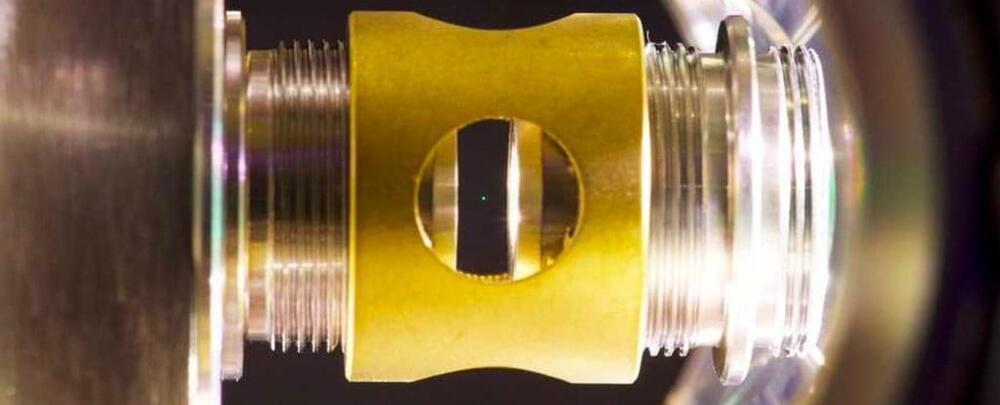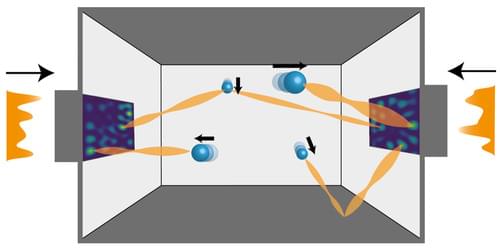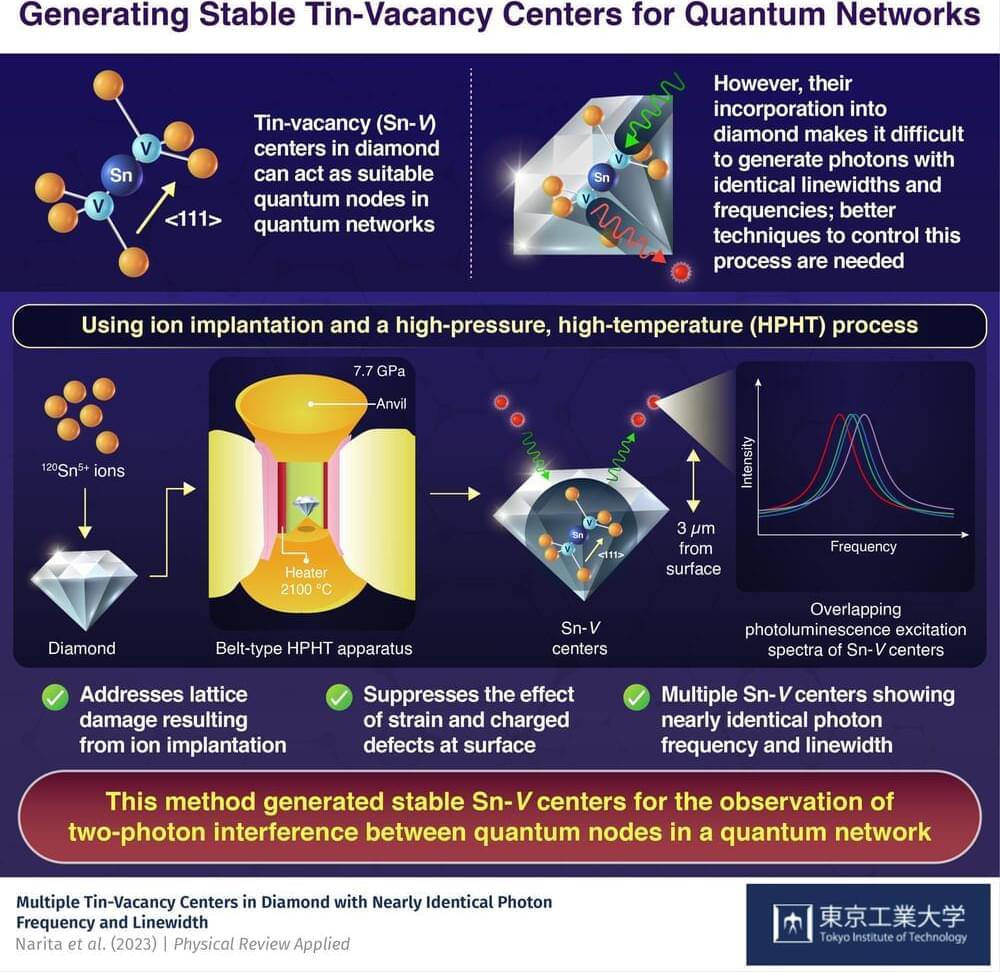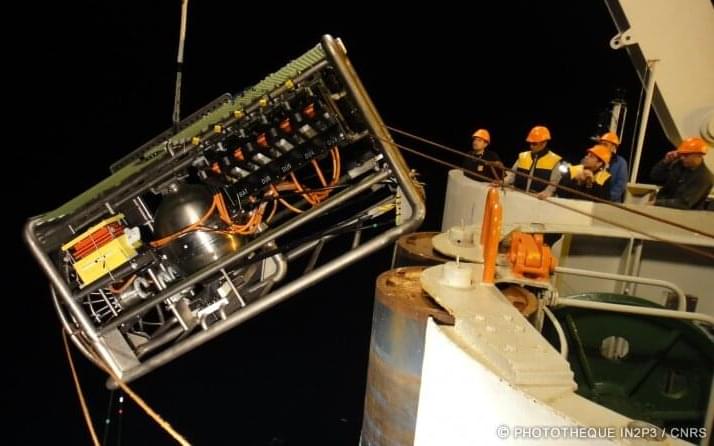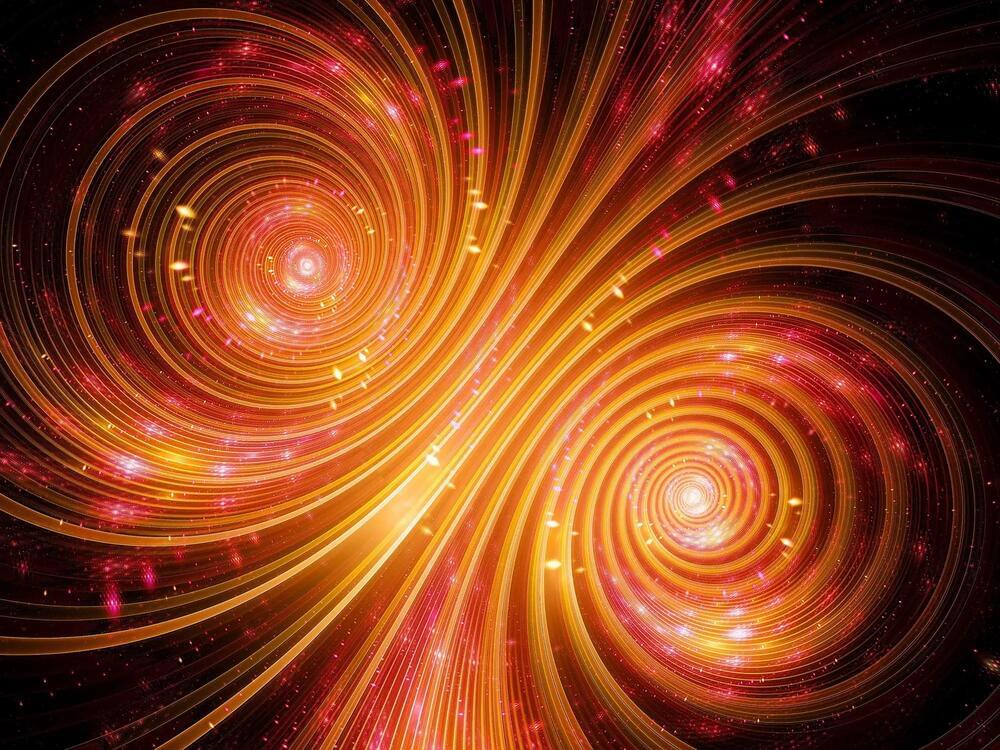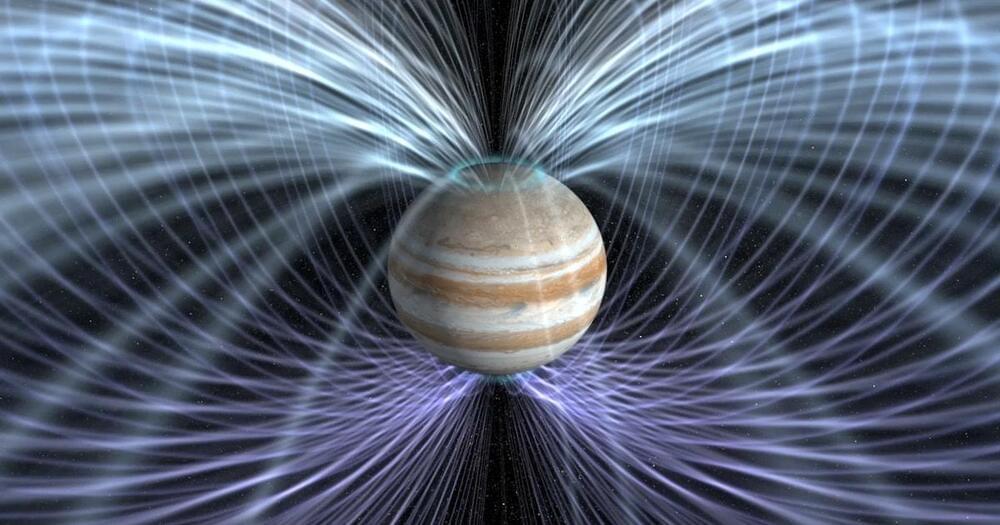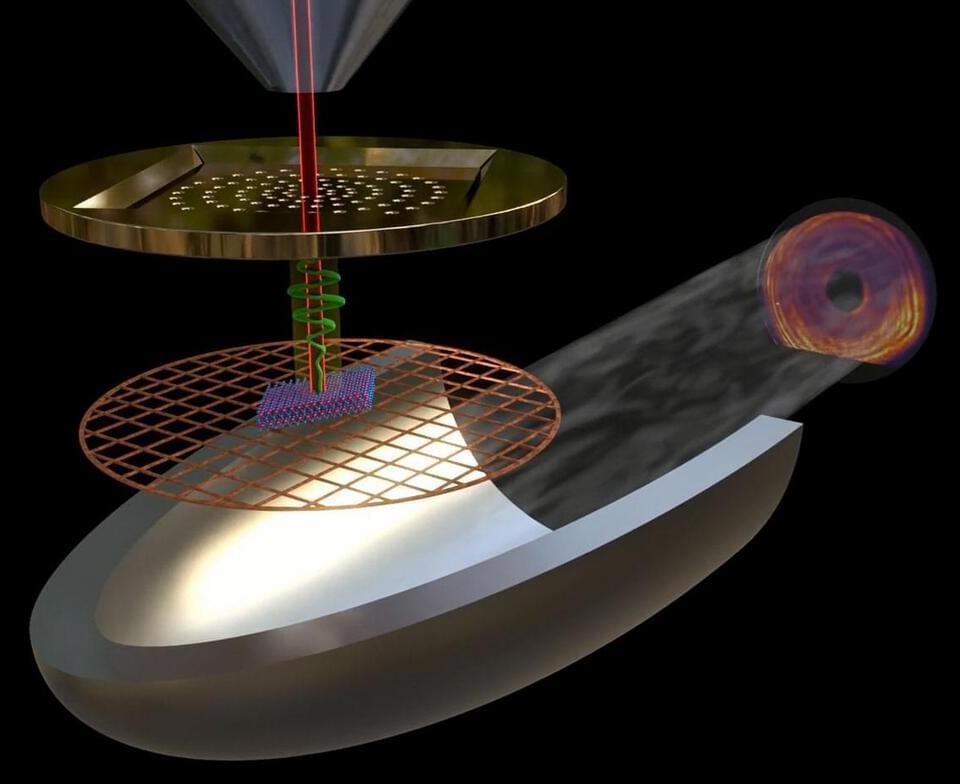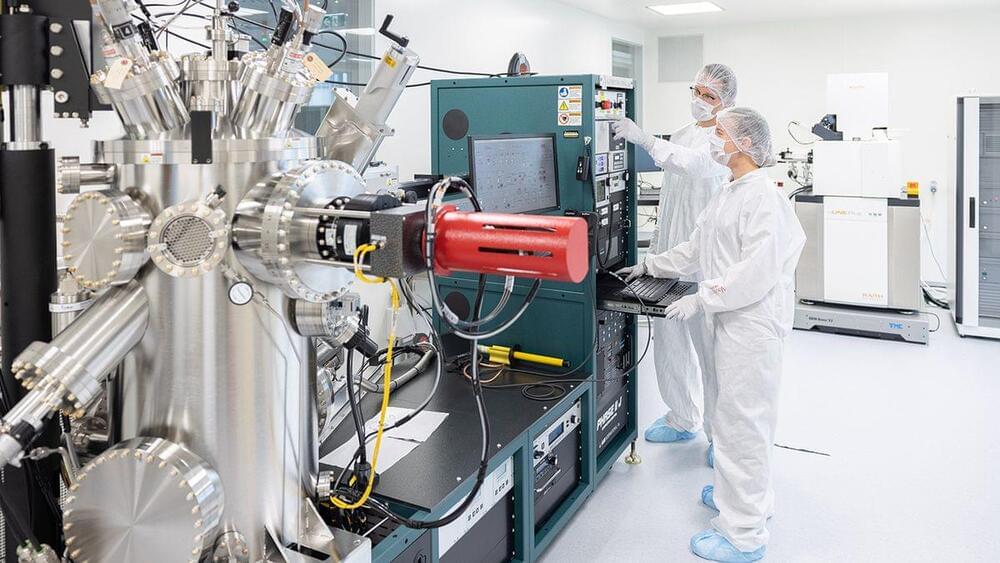Feb 27, 2023
Physicists Levitated a Glass Nanosphere, Nudging It Into The Realm of Quantum Mechanics
Posted by Paul Battista in categories: particle physics, quantum physics, space
Quantum mechanics deals with the behavior of the Universe at the super-small scale: atoms and subatomic particles that operate in ways that classical physics can’t explain.
In order to explore this tension between the quantum and the classical, scientists are constantly attempting to get larger and larger objects to behave in a quantum-like way.
Back in 2021, a team succeeded with a tiny glass nanosphere that was 100 nanometers in diameter – about a thousand times smaller than the thickness of a human hair.
